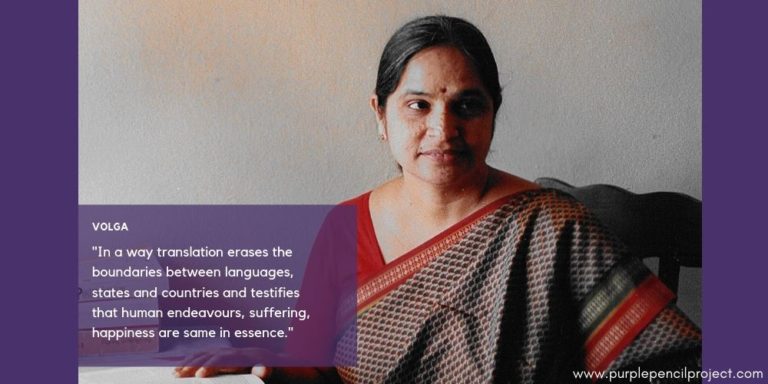This is how the blurb of The Forest of Enchantments (written by Chitra B. Divakaruni, published by HarperCollins) goes: “It is a brilliant retelling of the Ramayana…a powerful comment on duty, betrayal, infidelity and honour…”
We encourage you to buy books from a local bookstore. If that is not possible, please use the links on the page and support us. Thank you.
As blurbs go, this is among the most exaggerated I have seen in a while. Banerjee’s retelling of the Ramayana, told from Sita’s point of view and highlighting a host of the other women in this timeless Indian epic is neither written well nor does it say anything new when compared to other feminist retellings of Ramayana.
The points of view
The story begins with Valmiki inviting Sita to pen down her own story after he is done with the Ramayana. It’s supposed to be an empowering insight into Sita’s journey and role in what is essentially a love story, as well as focus on the other women of the Ramayana – Surpanakha, Mandodari, Urmila – but so much of The Forest of Enchantments is about redeeming Ram and justifying him, you begin to wonder what exactly is being ‘retold’ here.
Depending on the reader’s knowledge of the Ramayana, there may be some sub-plots and incidents (borrowed from previous retellings of Ramayana, according to this fantastic reading of The Forest of Enchantments by Deepanjana Pal), which may stand out. I was a little surprised by the inclusion of the theory that Sita was Ravana and Mandodari’s daughter.
But till the very end, one waits and waits and waits for that redemption – as much for the characters as for the book as a literary work – but it never comes.
Writing (un) style
Ridden with cliches, a simplistic voice that cannot quite strike the balance between the gravitas and grandeur of the story setting with the colloquial language used, and sounding, frankly, boring, it is a chore to get through the book.
It’s stuck between two worlds – the old and new – and does not do justice to either. Sita and Rama’s story is a cosmic tale of love and longing, diluted by the way the scenes are set up, and an unhealthy reliance on the tell, don’t show flaws in writing (bordering on preachy, essay-like, or reading like a teenager’s diary).
Consider this:
“And holding him by the hand, I laughingly pulled Ram to our bedroom and to another exciting night of discoveries. This incident taught me that the more love we distribute, the more it grows, coming back to us from unexpected sources. And its corollary: when we demand love, believing it to be our right, it shrivels, leaving only resentment behind.”
Or Sita’s description of swords as “sharp and dangerous and very long”.
Or the endearments used, “I need your support, my wife,” or “forgive me, sister, I said silently.”
(I was immediately reminded of Amrita Rao saying “जल पी लीजीए” in Vivaah).
The reader just does not buy into it when Hanuman says “Anyway, back to what I was saying…” or “By the way, my name is Hanuman.”
If this was a retelling taking place in a 20th-century bar, it may have passed. If this was meant to be read by children as their first Ramayana book, it may have passed. In its current avatar, it does not.
Saving Grace?
Ravana’s character development is worth watching out for. Even though this was probably not Divakurni’s intention, his portrayal is the most layered and nuanced.
The book cover and the production quality of The Forest of Enchantments are master moves by Harper Collins. They attract a reader’s attention, and it makes for a fine book to have on your shelf. In the age when your public image is guided by your bookshelf during Zoom meetings, this book does a good job.
Conclusion
There are many other retellings of the Ramayana (or Sitayana) that are far superior, including The Liberation of Sita by Volga. You can safely skip this one, and perhaps re-read The Palace of Illusions.
Favourite quote:
“Ah love. Why had Vidhata made its nature so complex? Why did one love conflict, so often, with another?”

***
If you are curious and interested, check out the digitally reunified manuscript of the Mewar Ramayana, here. (Disclaimer: It takes time to load) If you want accessible images, go here.
Check out the preview.
























One Response